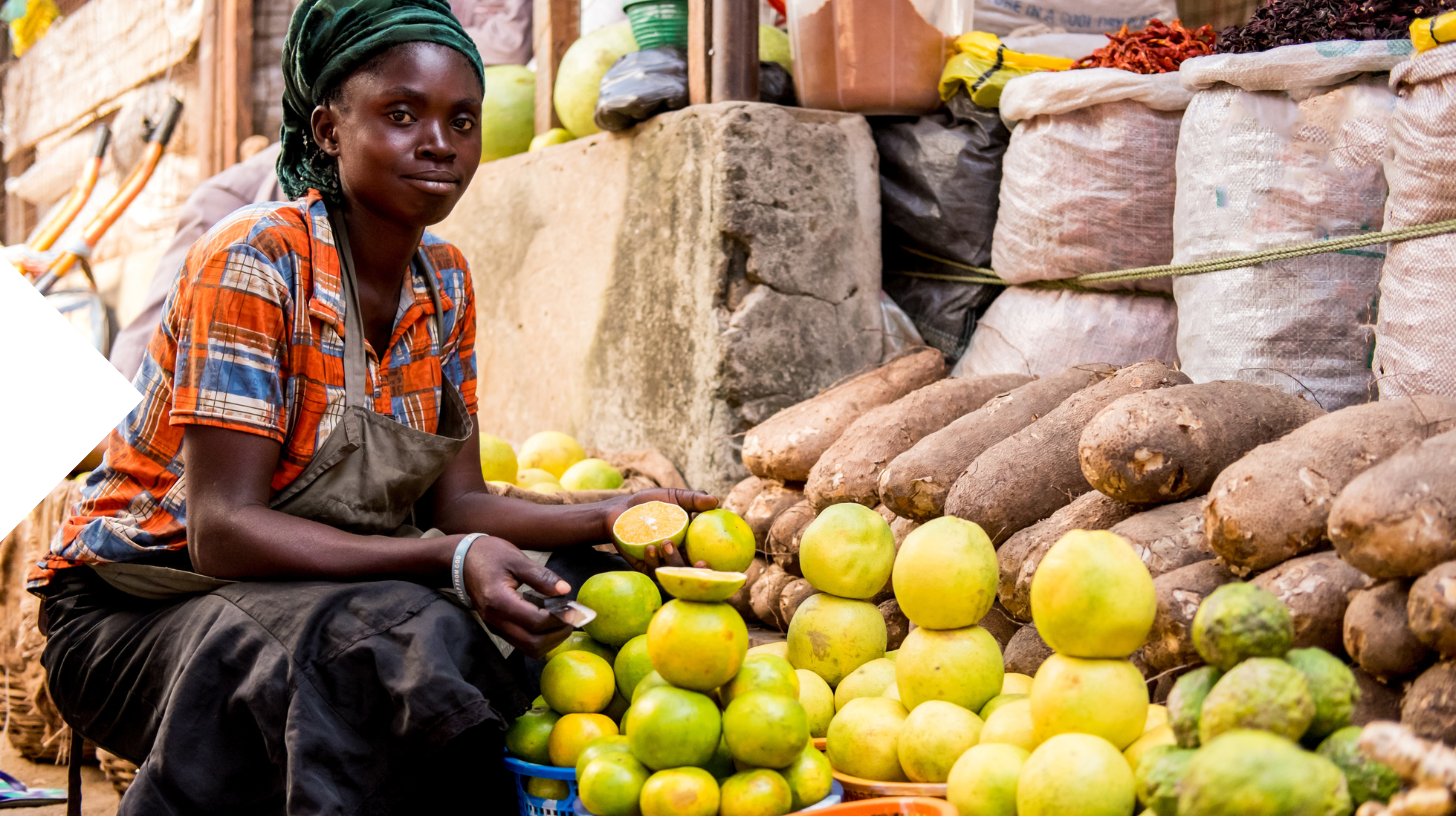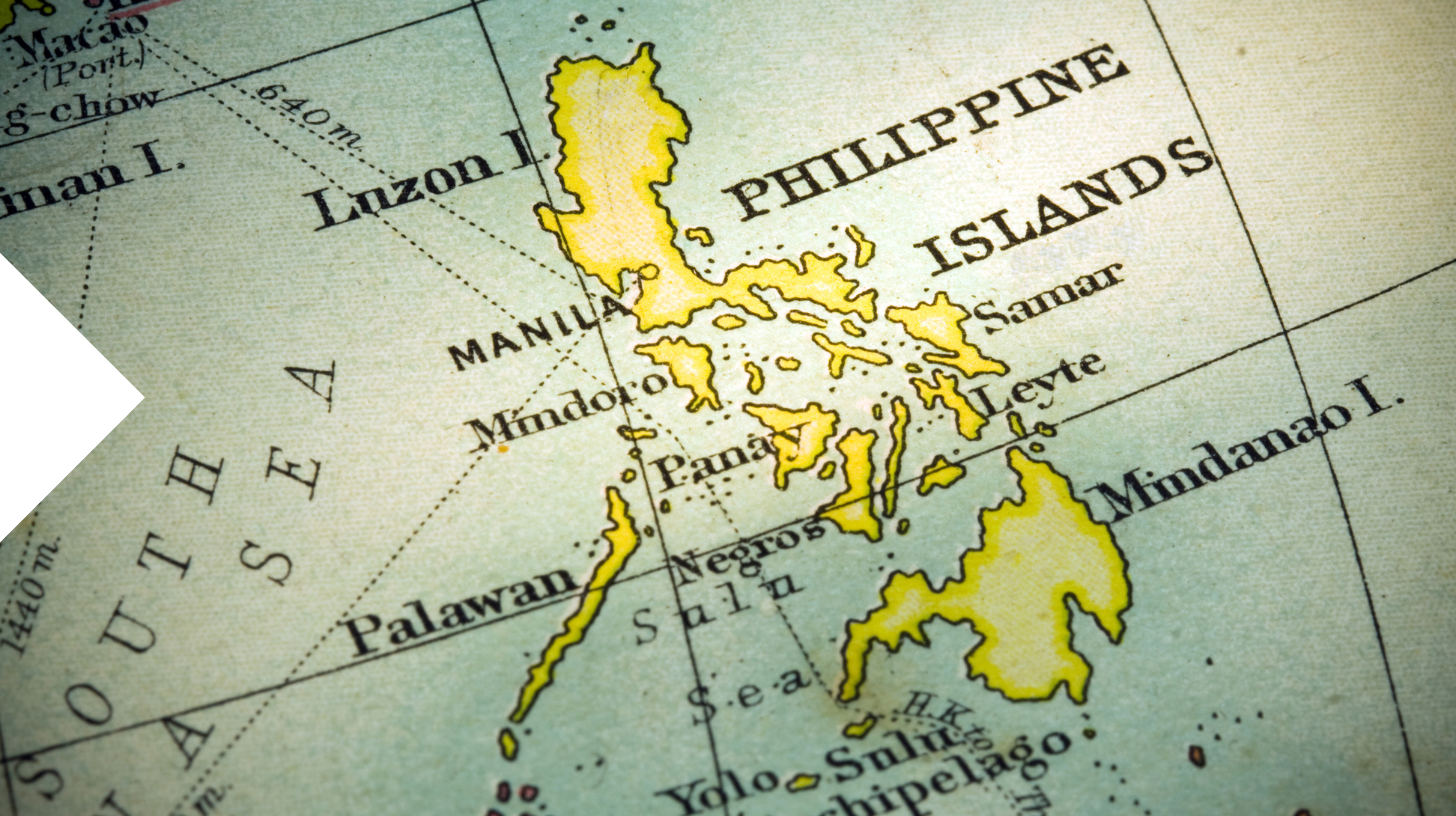Register now - your 1st transfer is fee-free!
More infoTop 10 Countries Receiving the Most Remittances and Why. Always connected with sendvalu

Remittances are a crucial component of many countries' economies. These financial transfers, sent by migrants to their families back home, provide essential income that supports economic stability and growth. In this article, we examine the top 10 countries
that receive the highest remittances and explore the significant economic impact these inflows have on their economies.
China
China receives significant remittances, amounting to approximately $70 billion annually. The inflow is primarily from Chinese expatriates in the United States, Hong Kong, and Southeast Asia. These funds are often used for real estate investments, savings, and supporting family businesses. Despite being a major economic powerhouse, these remittances play a key role in improving living standards in rural and semi-urban areas.
India
India tops the list of countries receiving the most remittances, with over $83 billion in 2019. The large Indian diaspora, particularly in the United States, the Gulf countries, and Europe, drives these inflows. Remittances are crucial for household consumption, education, healthcare, and even small business investments. They also bolster the country's foreign exchange reserves, supporting the national currency and economic stability.

Mexico
Mexico's remittances exceeded $38 billion in 2019, largely sent by Mexican migrants working in the United States. These remittances are a lifeline for many families, funding essential needs like food, healthcare, and education. They also contribute to local economies, especially in rural regions, by supporting small businesses and infrastructure projects.
Philippines
The Philippines receives around $33 billion in remittances each year. Overseas Filipino Workers (OFWs) in countries like the United States, Saudi Arabia, and the UAE send money home to support their families. Remittances significantly impact the economy by boosting consumer spending, which in turn drives economic growth. They also help improve education and healthcare access for recipients.
Egypt
With remittances totaling approximately $26 billion, Egypt benefits significantly from its diaspora in the Gulf countries, the United States, and Europe. These funds are essential for many Egyptian households, contributing to daily living expenses, education,
and healthcare. Remittances also play a role in reducing poverty and enhancing economic stability.
Pakistan
Pakistan receives about $22 billion in remittances annually, mainly from the Middle East, the United States, and the United Kingdom. These funds are crucial for household consumption, investment in housing, and education. Remittances also help to stabilize
the country's foreign exchange reserves and support economic growth.
Bangladesh
Bangladesh's remittances amount to roughly $18 billion per year, with significant contributions from its workers in the Middle East and Southeast Asia. These funds are vital for the economy, supporting millions of families, enhancing rural development, and contributing to national foreign exchange reserves. Remittances also play a role in reducing poverty and improving living standards.
Vietnam
Vietnam receives about $17 billion in remittances, mainly from the United States, Australia, and Europe. These funds support household consumption, real estate investments, and small businesses. Remittances contribute significantly to economic stability and growth, particularly in rural areas.
Nigeria
Nigeria's remittances are approximately $17 billion annually, sent primarily by the Nigerian diaspora in the United States and Europe. These funds are essential for many households, supporting daily expenses, education, and healthcare. Remittances also help to reduce poverty and stimulate local economies.

Ukraine
Ukraine receives around $15 billion in remittances, with significant contributions from Ukrainian workers in Europe and North America. These funds are crucial for household income, supporting consumption, education, and healthcare. Remittances also play
a role in enhancing economic stability and growth, especially in rural areas.
Remittances are more than just financial transfers; they are vital lifelines that support families, stabilize economies, and drive development in receiving countries. Understanding the dynamics and impact of remittances can help policymakers and stakeholders create better strategies to maximize their benefits, ensuring a positive impact on both local and national levels. As technology continues to evolve, making remittances faster, cheaper, and more secure, their significance in the global economy will only grow.
Make a difference today!
-
Categories
-
Countries
-
Money Transfer
-
News
Write a comment
More stories like this

Empowering Nepalese Families During the Nepali New Year

How UPI Is Transforming Domestic and International Money Transfers in India

Mexico’s Record Remittances: The Rise of Digital Transfers
Top 10 Countries Receiving the Most Remittances and Why. Always connected with sendvalu
Remittances are a crucial component of many countries' economies. These financial transfers, sent by migrants to their families back home, provide essential income that supports economic stability and growth. In this article, we examine the top 10 countries
that receive the highest remittances and explore the significant economic impact these inflows have on their economies.
China
China receives significant remittances, amounting to approximately $70 billion annually. The inflow is primarily from Chinese expatriates in the United States, Hong Kong, and Southeast Asia. These funds are often used for real estate investments, savings, and supporting family businesses. Despite being a major economic powerhouse, these remittances play a key role in improving living standards in rural and semi-urban areas.
India
India tops the list of countries receiving the most remittances, with over $83 billion in 2019. The large Indian diaspora, particularly in the United States, the Gulf countries, and Europe, drives these inflows. Remittances are crucial for household consumption, education, healthcare, and even small business investments. They also bolster the country's foreign exchange reserves, supporting the national currency and economic stability.

Mexico
Mexico's remittances exceeded $38 billion in 2019, largely sent by Mexican migrants working in the United States. These remittances are a lifeline for many families, funding essential needs like food, healthcare, and education. They also contribute to local economies, especially in rural regions, by supporting small businesses and infrastructure projects.
Philippines
The Philippines receives around $33 billion in remittances each year. Overseas Filipino Workers (OFWs) in countries like the United States, Saudi Arabia, and the UAE send money home to support their families. Remittances significantly impact the economy by boosting consumer spending, which in turn drives economic growth. They also help improve education and healthcare access for recipients.
Egypt
With remittances totaling approximately $26 billion, Egypt benefits significantly from its diaspora in the Gulf countries, the United States, and Europe. These funds are essential for many Egyptian households, contributing to daily living expenses, education,
and healthcare. Remittances also play a role in reducing poverty and enhancing economic stability.
Pakistan
Pakistan receives about $22 billion in remittances annually, mainly from the Middle East, the United States, and the United Kingdom. These funds are crucial for household consumption, investment in housing, and education. Remittances also help to stabilize
the country's foreign exchange reserves and support economic growth.
Bangladesh
Bangladesh's remittances amount to roughly $18 billion per year, with significant contributions from its workers in the Middle East and Southeast Asia. These funds are vital for the economy, supporting millions of families, enhancing rural development, and contributing to national foreign exchange reserves. Remittances also play a role in reducing poverty and improving living standards.
Vietnam
Vietnam receives about $17 billion in remittances, mainly from the United States, Australia, and Europe. These funds support household consumption, real estate investments, and small businesses. Remittances contribute significantly to economic stability and growth, particularly in rural areas.
Nigeria
Nigeria's remittances are approximately $17 billion annually, sent primarily by the Nigerian diaspora in the United States and Europe. These funds are essential for many households, supporting daily expenses, education, and healthcare. Remittances also help to reduce poverty and stimulate local economies.

Ukraine
Ukraine receives around $15 billion in remittances, with significant contributions from Ukrainian workers in Europe and North America. These funds are crucial for household income, supporting consumption, education, and healthcare. Remittances also play
a role in enhancing economic stability and growth, especially in rural areas.
Remittances are more than just financial transfers; they are vital lifelines that support families, stabilize economies, and drive development in receiving countries. Understanding the dynamics and impact of remittances can help policymakers and stakeholders create better strategies to maximize their benefits, ensuring a positive impact on both local and national levels. As technology continues to evolve, making remittances faster, cheaper, and more secure, their significance in the global economy will only grow.
Make a difference today!



Any Questions?
We are more than happy to help you!Help & Support
Company
¹ All delivery times are based on average transaction times over the last three months. Please note that due to verification policies, new customers may experience longer delivery times. ² Prices might vary based on selection of payout option.
© Copyright 2025 AWS Malta Ltd.



0 Leave a comment
Leave a comment